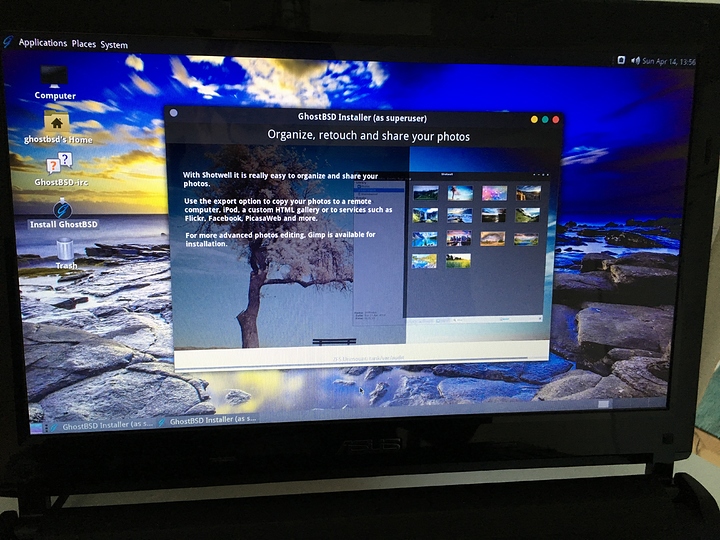Why hello there!
I decided to take part of the L1T BSD challenge, so here goes! Come and witness the carnage!
If I learned something from the last Devember challenge (in addition to basic Python programming), it was the realization of how well peer pressure worked as a motivator for me, hence this thread.
I’ve decided to use GhostBSD for this challenge. Not a fan of MATE, but I’ll try to use it for now and see if I get used to it. I may switch to FreeBSD later but right now I want to have easy-to-install BSD OS to start with. I will use my old Asus laptop as a testbed before trying to destroy my partitions and nuke my primary workstation dual boot BSD with Windows10. Not sure if dual booting BSD is a thing but let’s find out!
I’ve been interested about BSD systems for quite some time now, mainly Pfsense and FreeNAS. I want to build new NAS to replace my old Linux file server at some point, and FreeNAS seems to be the way to go. Also, Pfsense gives so much possibilities to tinker and play around with networking, so I’m also considering in building a Pfsense box in a near or distant future. Both of these are based to FreeBSD, so in order to learn the system better, I might as well try using something similar as desktop OS to familiarize myself with the “Unix way of doing things”. 
Some stuff and questions about Pfsense for those who wana know:
something something Pfsence hardware
If anyone has good recommendations for a motherboard for the Pfsense I’m on all ears. Key words:
- miniITX,
- reliable,
- CPU with AES-NI support (to make sure it’s compatible with Pfsense)
- affordable (100€/usd maybe),
- multiple nics (3-4 built in) or pcie so that I can ad nics if needed,
- some regular I/O available (USB, display output),
- available in the EU/low shipping costs to EU.
- 16/32GB storage for the OS
- does not neet to include RAM, I can source one 2gb stick of ram somewhere if needed.
- passive cooling, or otherwise pretty much silent operation
- low power consumption, AFAIK Pfsense won’t need any extra powerful hardware or lots of ram?
X86 Singe board computer works too, if it has 1-2 sata ports. I’m thinking of adding 120gb SSD in there to act as a cache.
But this thread and my challenge is not about FreeNAS or Pfsence! I’m planing to use BSD as a daily driver. Yes, I know, BSD is at it’s best when used in servers, but hey, I know people run BSD on their workstations. I want to try that too. If I get around at building the NAS or Pfsence router then I’ll just expand this challenge to cover even more BSD stuff. 
I probably forgot something but I’ll update the OP later.
















